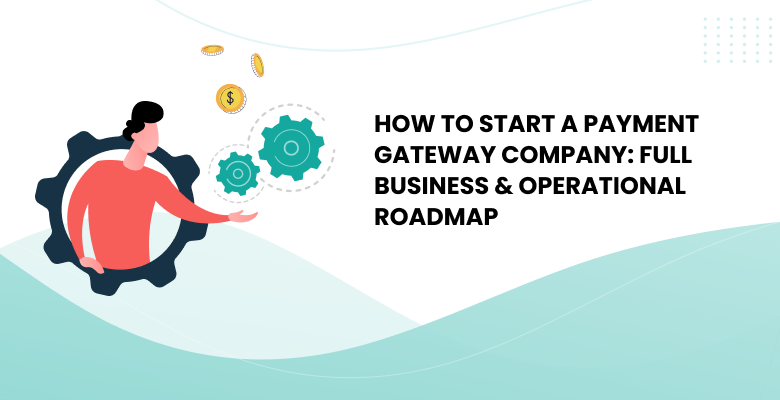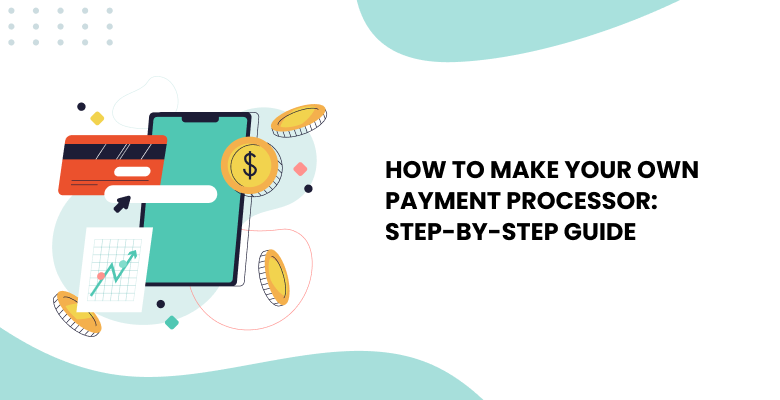BillPay, once an independent payment service, was integrated into Klarna, a dominant banking and global shopping service in Europe. This assimilation into the “Klarna Group Product” signifies BillPay’s operation within the Klarna enterprise framework.
Highlights of the Platform
Origin: Originating in Germany, BillPay expanded its services to Austria and Switzerland. Their forte was in offering various digital payment options, encompassing invoice purchases, direct debits, and staggered payments.
Merger with Klarna: Klarna’s acquisition of BillPay was strategic, aiming to widen its presence in the influential German market and enhance its service portfolio. Notably, the German e-commerce landscape has a significant inclination towards invoice-based payments.
Unified Services: Post-acquisition, Klarna seamlessly amalgamated the distinct features and utilities of BillPay, thereby broadening the spectrum of solutions for both vendors and buyers.
Signature Offerings of Klarna: Klarna’s trademark is its “pay later” option, enabling customers to procure items immediately and settle payments either instantly, over a specified duration, or in divided amounts.
Advantages for End-users and Sellers: These avant-garde payment mechanisms offer consumers unparalleled flexibility in payments. Concurrently, sellers can envisage a surge in transactions. Additionally, a robust anti-fraud system minimizes potential threats for businesses.
BillPay Features
BillPay emerged as a leading payment facilitator, particularly in regions where German is predominantly spoken. Here’s an insight into some of BillPay’s salient offerings:
Invoice Options: BillPay provided a feature wherein users could purchase items online and be given an invoice to settle later, allowing a more flexible payment approach and enhancing buying assurance.
Bank Deductions: Upon user authorization, BillPay facilitated the direct deduction of purchase amounts from the user’s bank, streamlining the transaction process.
Payment Division: Users had the option with BillPay to distribute their payment over multiple periods, aiding in the handling of more substantial expenses.
Guaranteed Payments: One pivotal edge for sellers utilizing BillPay was its commitment to payment assurance. Should a user overlook or skip invoice clearance, BillPay pledged the transfer of funds to the merchant.
Security Protocols: BillPay had a robust structure of security protocols and tools to detect fraudulent activities, safeguarding both sellers and purchasers.
E-commerce Synchronization: Sellers found it straightforward to amalgamate BillPay within their online retail interfaces, enhancing the transaction experience for buyers.
Adaptability for Mobile: With the rising trend of mobile-centric purchases and payments, BillPay was aptly tailored to suit mobile transactions.
Reminder Mechanism: In scenarios where dues weren’t cleared within the stipulated timeframe, BillPay had a system in place to automatically remind the user, easing the management load for sellers.
Advantages & Perks
- Skip the lines: Avoid long waits at collection centers or the hassle of penning cheques.
- Multiple payment avenues: Choose from internet transactions, ATMs, or telephone payments.
- Last-minute convenience: Settle your bills right up until the due deadline.
- Precise payments: Review your bill’s total to ensure you pay the exact due amount.
How to Start
To use the BillPay service through NetBanking, follow these streamlined steps:
- Access: Log in to your NetBanking account and select the ‘BillPay & Recharge’ tab.
- Initiate: Choose a biller from the “Start here” option under the ‘View/Pay Bills’ section.
- Setup:
- Step 1: Choose the category, location, and specific biller you’d like to set up.
- Step 2: Input the required details for the chosen biller.
- Step 3: Review the details you’ve provided, ensuring accuracy, then hit ‘Confirm’ to finalize the registration.
Note:
- For mobile bills, payments can be initiated 12 hours post-registration if the biller offers an instant payment feature.
- For utilities like electricity, telephone, or insurance bills, payments are processed upon receipt of bill details, which can take 6-8 weeks based on your billing cycle.
- If, for any reason, your registration is declined, you’ll be informed via email detailing the reason for the decline.











